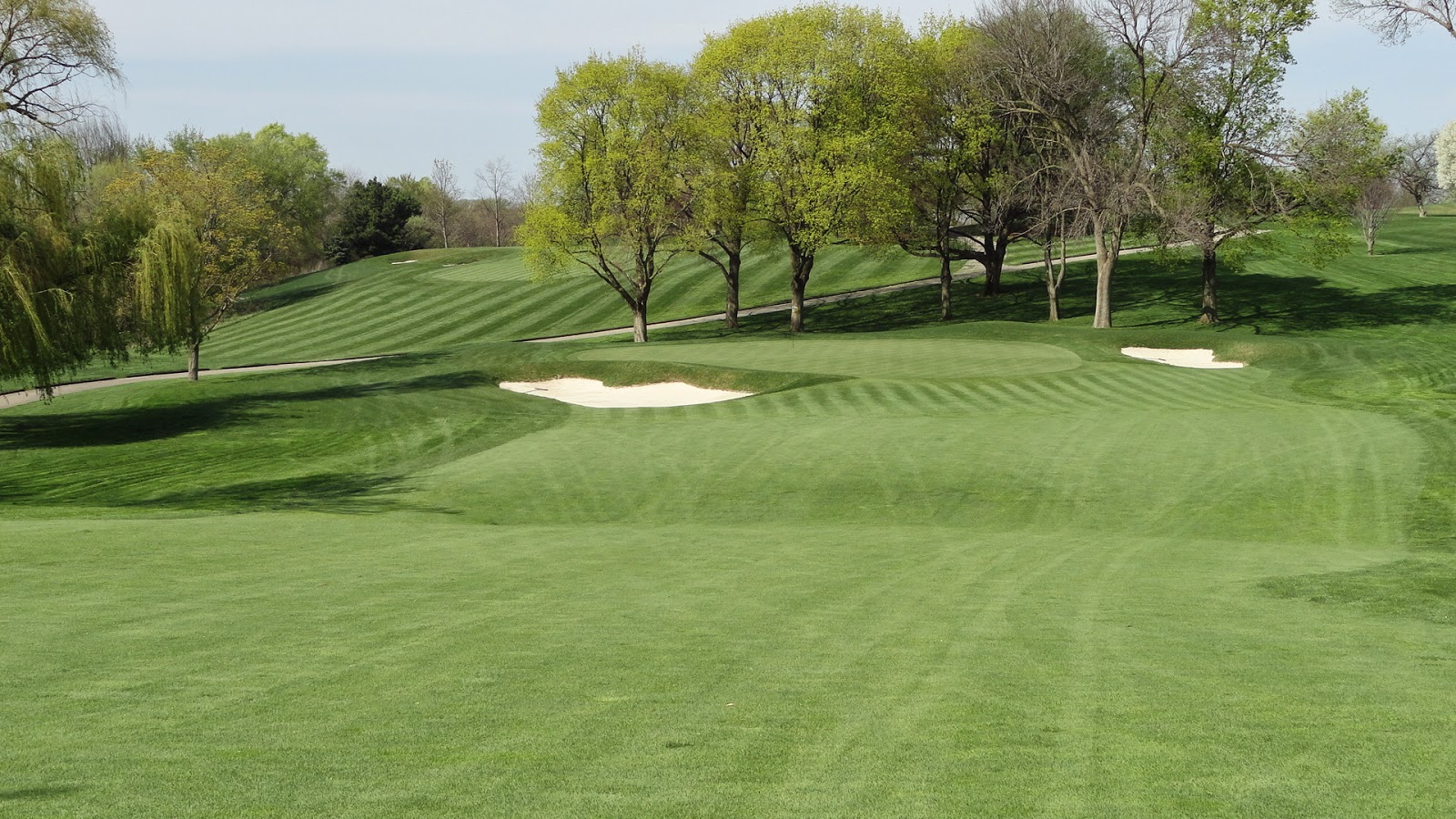A week of contrasts is the best way to describe this most recent week.
Storms early in the week brought much flooding and damage to many
courses, while towards the end of the week, conditions cooled off and
turned rather comfortable. The lake has been creating its own problems
as cold water in the center has led to a clash of temperatures and
fronts around the city and mornings were extremely foggy and putting it
nicely, cool. Further to that turfgrass canopies were staying very wet
for extended periods which really was not what was needed.
The excess moisture and some of the extremely high humidity that we saw this week lead to further diversity on the disease front. I do not envy anyone trying to grow grass in tropical situations - there must be insane disease pressure - early this week we did get a taste of it, but summer is here so it's to be expected. Many courses are on the precipice of final recovery from what has been a long winter. I will say however spare a thought for managers in Minnesota who experienced something similar last year and dealt with the remnants into the early part of August - so be grateful for little mercies!
Our forecast is for the first three day spell in the 90's back to back to back, so depending on humidity, timing of control applications and how hot it actually will get, it could be a tough start to the week. Fortunately conditions look like cooling off so some relief is on the way. More importantly we can hope to see some bright skies which will help places which have been in fog and heavy cloud all week doing bentgrass no favors.
Click here to view the June 27, 2014 Scouting Report
As always if you have a question or query please do not hesitate to ask and you can call or email.
Ed Nangle PhD
Director of Turfgrass Programs
Chicago District Golf Association
www.cdgaturf.org
Follow us on Twitter @TurfResearch
The excess moisture and some of the extremely high humidity that we saw this week lead to further diversity on the disease front. I do not envy anyone trying to grow grass in tropical situations - there must be insane disease pressure - early this week we did get a taste of it, but summer is here so it's to be expected. Many courses are on the precipice of final recovery from what has been a long winter. I will say however spare a thought for managers in Minnesota who experienced something similar last year and dealt with the remnants into the early part of August - so be grateful for little mercies!
Our forecast is for the first three day spell in the 90's back to back to back, so depending on humidity, timing of control applications and how hot it actually will get, it could be a tough start to the week. Fortunately conditions look like cooling off so some relief is on the way. More importantly we can hope to see some bright skies which will help places which have been in fog and heavy cloud all week doing bentgrass no favors.
Click here to view the June 27, 2014 Scouting Report
As always if you have a question or query please do not hesitate to ask and you can call or email.
Ed Nangle PhD
Director of Turfgrass Programs
Chicago District Golf Association
www.cdgaturf.org
Follow us on Twitter @TurfResearch
























.JPG)

















